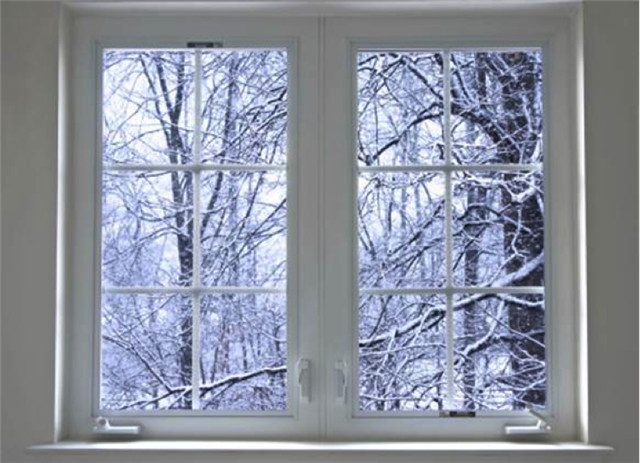Better Prevent Than Cure
Window Temperature Sensor and Outdoor Temperature Sensor

When the weather is cold, moist indoor air meets the cooler surfaces of the windows during winter and condensation develops on the glass.
Excessive condensation can ruin the window-frame and contribute to mold or mildew growth, which are serious moisture problems.
There are several factors that come into play for condensation to occur, such as the humidity level inside, the temperature inside/outside and the quality of the windows. If the windows produce moisture
without humidification, then you must increase the usage of the exhaust ventilation (bathroom fan or HRV unit) to reduce the humidity level inside the building by bringing dryer air from the outside.
When humidity is required during the cold season, Neptronic offers three temperature sensors, a window sensor (SHW0-11), an outdoor sensor (STO2-11) and a duct temperature sensor (STC8-11) to be used in
conjunction with the HRO20, wall mount humidity controller in order to reduce the risk of condensation.
What are the purposes of these devices and how do they work?
The temperature sensor will communicate its reading to the humidity controller. The controller will then determine the maximum value of the set point (%R.H.) to prevent condensation on the window when the humidifier is operating.
Using the outside temperature sensor or the duct temperature sensor (to be installed in the outside air supply duct) with the HRO20 wall humidity controller, the HRO20 will limit the maximum set point based on this chart.

This method is straightforward and it does not take into consideration the quality of the windows installed.
The other technique is the window temperature sensor. This sensor should be installed on the window facing the north side or the coldest side. The temperature of the window pane is transmitted to the HRO20.
The humidity controller will then determine the dew point value at that temperature and it will convert to a value of moisture content and apply a compensation factor (default 80%) to determine the
new maximum set point.
This combination allows a greater accuracy of the maximum set point value, which adapts to the quality of the windows.
In any case, the usage of a temperature sensor will allow the humidification system to operate independently and free of condensation.
